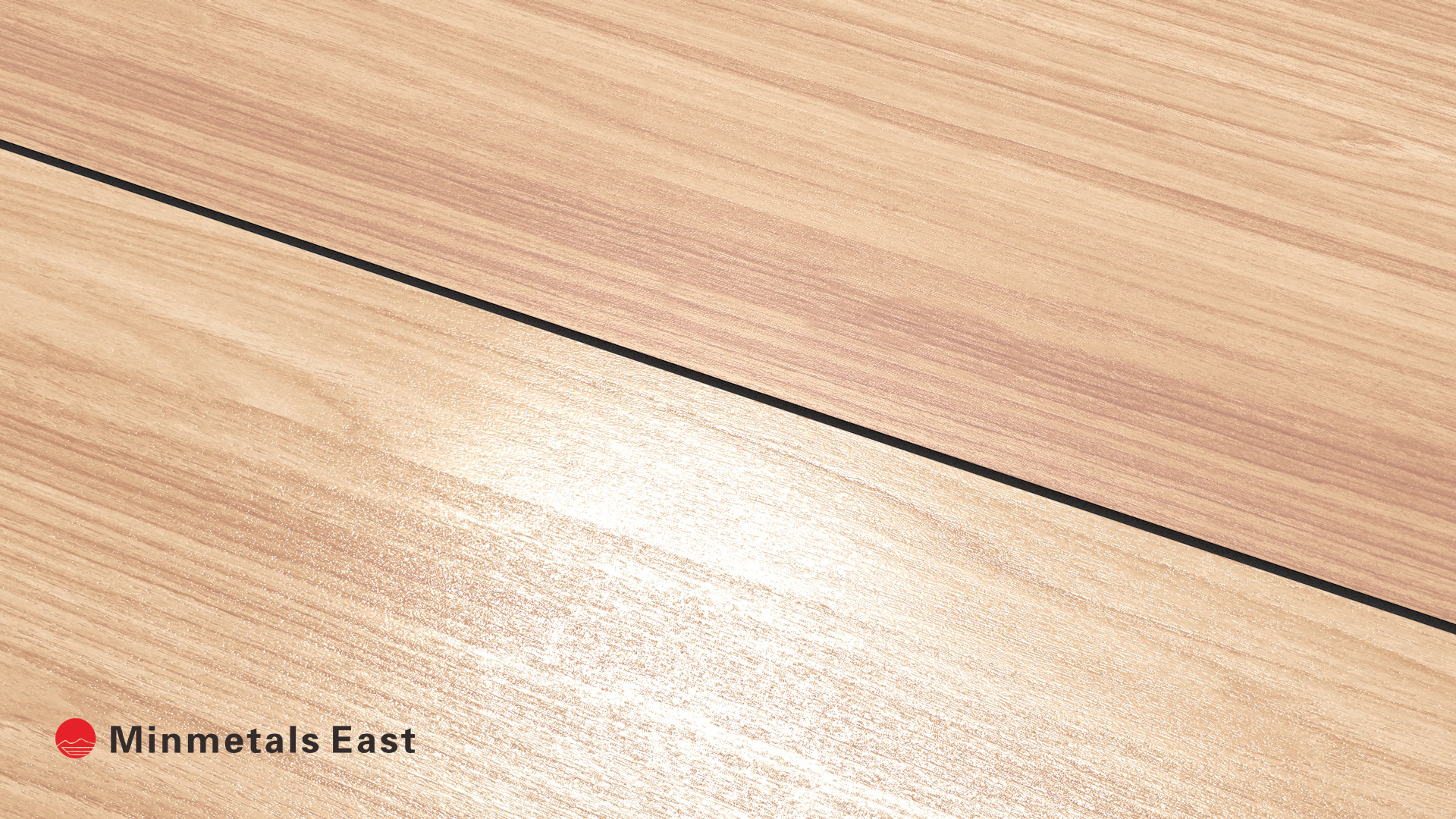Glossy finishes get all the attention. They sparkle. They reflect. They look loud. But in many cases, less shine does more. A soft surface feels calm. A matte look feels modern. And a coating that hides fingerprints, resists glare, and stays strong under pressure often wins in the long run.
That’s where matting agents come in. These tiny particles change how light bounces off a surface. They help coatings look smoother, feel better, and last longer. And when it comes to choosing the right matting agent, silica is one of the smartest materials on the table.
In this guide, you'll learn how silica works, why it matters, and where it makes the biggest impact. Whether you're coating wood, metal, plastic, or concrete—silica gives every surface the power to perform quietly, cleanly, and confidently.
Matting agents are additives used in coatings to lower the gloss. They are added to paints, varnishes, and other finishes. These agents create a matte or satin effect. The result looks softer and less reflective.
Without them, a coating would dry to a glossy finish. That’s not always desirable. For example:
Silica is one of the most popular materials used as a matting agent. It is chosen because it offers many key advantages.
In coatings that use water or other polar liquids, hydrophilic silica works best. “Hydrophilic” means it likes water.
When used in water-based coatings, it offers several benefits:
Hydrophilic silica is often used in interior walls, water-based wood coatings, and eco-friendly products.
In outdoor environments or humid areas, hydrophobic silica gives better results. “Hydrophobic” means it repels water.
This type of silica helps coatings stay strong even in tough conditions:
A coating needs to look good—not just protect. Surface problems like patchy gloss or rough spots lower the product’s quality. Silica helps improve how the surface appears and feels.
Silica helps reduce or prevent these issues. The result is a clean, flawless finish that feels soft to the touch.
This improvement matters a lot in design-heavy products—like furniture, electronics, or luxury packaging—where surface beauty adds to value.
A good finish should last. It should not scratch easily or wear off fast. Silica improves both the strength and chemical safety of coatings.
These benefits are essential in busy environments—such as factories, schools, hospitals, and cars—where wear and spills are common.
To get the best out of silica matting agents, careful formulation is needed. Here are some key tips:
Silica matting agents are used in many industries. They work in coatings that need to look nice, stay strong, and last longer. Here are some examples:
| Application Area | Why Use Silica Matting Agents? |
| Furniture Coatings |
- Gives a soft matte look - Reduces glare - Hides fingerprints - Protects from spills and scratches |
| Automotive Interiors |
- Creates a low-gloss, clean finish - Looks high-end - Protects from UV light and scratches |
| Architectural Coatings |
- Smooth, even look for walls - Hydrophobic silica helps outdoor walls resist rain, sun, and dirt |
| Industrial Equipment |
- Strengthens the coating - Protects machines and pipes from chemicals and scratches |

Gloss is not always the answer. Sometimes, a soft, strong, and natural-looking surface is more important. Silica matting agents help achieve that goal. They lower gloss, increase toughness, and reduce defects.
Whether you're building furniture, coating cars, or painting buildings, silica products help coatings do more. When used correctly, they provide beautiful, long-lasting finishes that stand up to daily use.